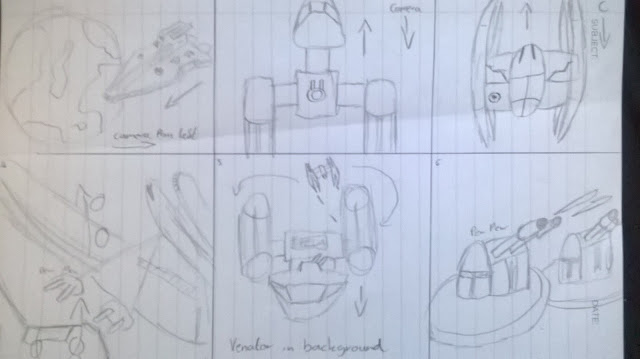This week I finished my final Venator model as pictured below. This is by far the model I have spent the most time and effort on, and was the one I finished first. The sheer size and scale means there was alot of detail I could have kept adding and adding, but I felt like if I carried on adding more detail to this, I would never get round to finishing my other models.
The final model has around 10,000 polygons even despite me doing my best to try and keep it as low as possible. I think the main cause of this is the detail I put into the engines as there are 6 in total, with bevelled and extruding cylinders. Another cylinder based object that is quite prominent on the ship are the turrets. With 10 in total, I think i made the bodies of the turrets have way too many sides for what they needed.
In conclusion I am very proud of this model, considering it is my 'first attempt' at making a finished 3D model and accurately recreating one of my favourite ships from the Star Wars universe.
The next model I finished this week was my Y-Wing fighter. I choose this for two reasons. 1. Because everyone does X-Wings and I wanted to do something different. 2. I felt the relatively simple shape of the ship would be easier to reproduce and add detail too.
The problem I got with this that all the reference images for the ship are very inconsistent. With versions of the ships missing parts, being a ever so slightly different model with detail changes, engine sizes etc making it hard to find just one set of images to work from. So I adapted my design slightly and opted to go for a more 'fresh out of the factory' look, over the tatty and battered Rebel Alliance versions. This would help minimize surface detail and inconsistency.
In the end I feel that the Y-Wing came out alot better than I expected, especially if you compare my Version 2 with this.
All that is left to do is my 3rd ship and after trying to find some decent reference images for a Vulture Droid starfighter, I couldn't most o them being useless lego images. So I have decided to change my 3rd ship to a generic TIE Fighter as they have plenty of images and should be easier to make a better model from.















